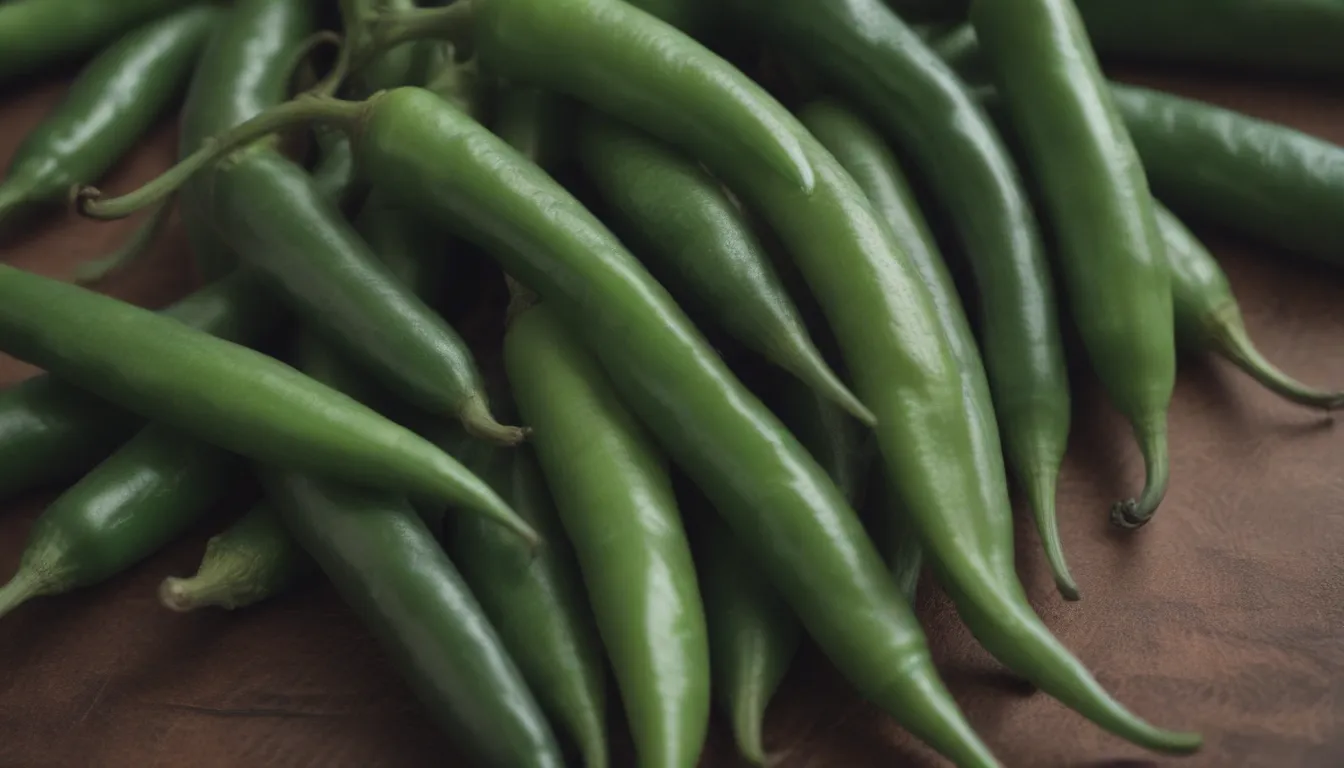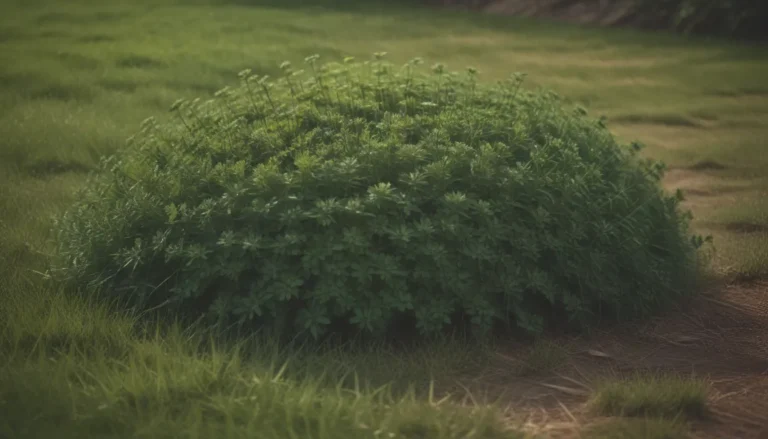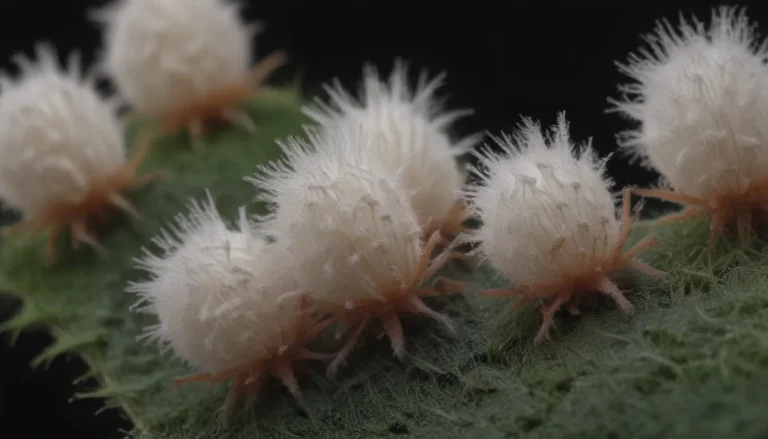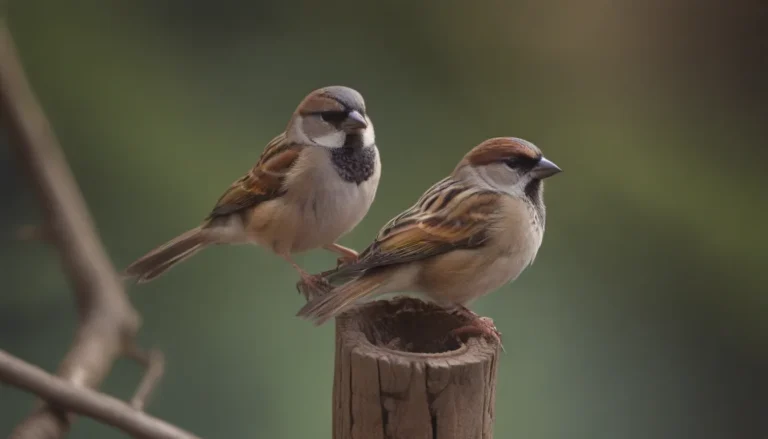The Ultimate Guide to Growing Serrano Peppers

Are you a fan of spicy food? Do you enjoy growing your own produce in your garden? If so, then growing serrano peppers may be the perfect project for you. These flavorful peppers are not only delicious but also relatively easy to grow. In this comprehensive guide, we will walk you through everything you need to know to successfully cultivate serrano peppers in your garden or in containers.
Understanding Serrano Peppers
Serrano peppers belong to the Capsicum annuum species, which also includes jalapeños, cayenne peppers, and bell peppers. These peppers are known for their decent level of spiciness, ranging between 10,000 to 23,000 Scoville units. Serranos are typically green when immature, but they can ripen into various colors such as yellow, orange, red, brown, or purple, depending on the variety.
How to Plant Serrano Peppers
When to Plant
- Plant serrano peppers in the spring after all danger of frost has passed.
- Start seeds indoors 6 to 8 weeks before your area’s last frost date.
Selecting a Planting Site
- Choose a sunny garden spot with rich, well-draining soil.
- Consider planting companions like tomatoes, basil, carrots, and garlic.
- Avoid planting near fennel or kohlrabi, and rotate your pepper plantings yearly.
Spacing, Depth, and Support
- Sow seeds indoors 1/4 inch deep and space plants 1 to 2 feet apart.
- Consider staking plants to support their stems when heavy with fruit.
Serrano Pepper Plant Care
Light
- Serrano peppers require at least 6 hours of direct sunlight per day to thrive.
Soil
- Plant serranos in organically rich, well-draining soil with a slightly acidic to neutral pH.
- Add compost at planting time to provide essential nutrients.
Water
- Keep the soil consistently moist but not waterlogged.
- Water at the base of the plants to prevent disease.
Temperature and Humidity
- Serrano peppers prefer warm temperatures around 75 degrees Fahrenheit.
- Monitor water needs during hot weather to ensure plants stay hydrated.
Fertilizer
- Use a balanced vegetable fertilizer at planting and throughout the growing season.
Pollination
- Pepper plants are self-pollinating but can benefit from wind and animal assistance.
Types of Serrano Peppers
There are several serrano pepper varieties to choose from, each with its own unique flavor profile. Some popular varieties include:
– ‘Serrano Del Sol’
– ‘Serrano Purple’
– ‘Serrano Tampiqueno’
Serrano Peppers vs. Jalapeño Peppers
While serrano and jalapeño peppers are closely related, serranos tend to be smaller and hotter than jalapeños. Serranos typically rank higher on the Scoville scale, making them a spicier option for pepper lovers.
Harvesting Serrano Peppers
Serrano peppers are typically ready for harvest in approximately 80 days. For optimal flavor, harvest when the peppers reach their mature size. You can harvest them while still green for a milder flavor, or let them fully ripen for a more intense taste. Remember to wear gloves when handling peppers to avoid skin irritation from capsaicin.
How to Grow Serrano Peppers in Pots
If you lack garden space, consider growing serrano peppers in containers. Choose a 3 to 5-gallon pot with ample drainage holes, and move the container to ensure the plant receives enough sunlight. Container-grown peppers may require more frequent watering, so monitor soil moisture regularly.
Pruning and Propagating Serrano Peppers
Pruning serrano pepper plants is generally minimal, but removing suckers and early blossoms can help improve fruit production. Additionally, propagating serranos from cuttings allows you to replicate favored plant traits and flavors.
How to Grow Serrano Peppers From Seed
- Start serrano peppers from seed in biodegradable pots filled with moist soilless mix.
- Germinate seeds in warm, sunny conditions and transplant seedlings once they’ve established roots.
Potting and Repotting Serrano Peppers
- Use a rich, well-draining potting mix formulated for vegetables.
- Repot pepper plants as needed to accommodate their growth and prevent root disturbance.
Overwintering
- If you live outside the optimal growing zone, bring potted serrano plants indoors before frost.
- Provide ample sunlight and water during the winter months to keep the plant healthy.
Common Pests and Plant Diseases
While serrano peppers are relatively resilient to pests and diseases, issues like cutworms, aphids, and whiteflies can still affect plants. Regular monitoring and prompt treatment with natural remedies can help protect your pepper crop.
In conclusion, growing serrano peppers can be a rewarding experience for any gardener. With proper care, these spicy peppers can thrive in your garden or on your patio, providing a fresh supply of flavorful produce for your culinary creations. Whether you’re a novice gardener or a seasoned pro, adding serrano peppers to your garden is a fun and delicious way to spice up your harvest. Happy growing!
Sources:
– Hot Peppers. American Chemical Society.
– Some Like it Hot. Cornell Botanic Gardens.
– Pepper. Clemson University Cooperative Extension Home and Garden Information Center.
– Peppers: Check for the Following Pests or their Damage: Seedling Through Bloom. University of California Agriculture and Natural Resources.
– Pathogen: Verticillium dahliae. University of California Agriculture and Natural Resources.





